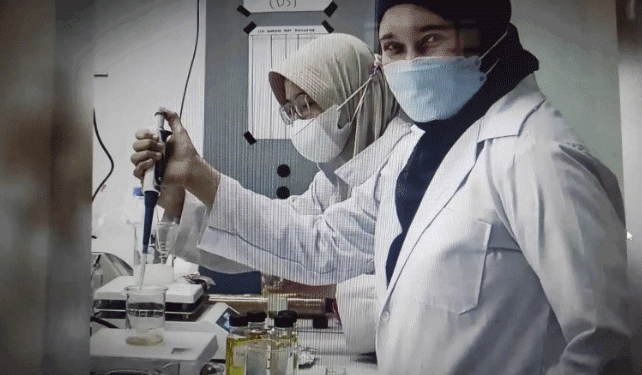Revolutionizing Local Ingredients: BRIN’s Extrusion Technology for Rice and Wheat Substitution
In response to Indonesia’s growing dependence on imported rice and wheat, the National Research and Innovation Agency (BRIN) has introduced innovative extrusion technology to process local raw materials. With rice imports increasing by 3.06 million tons and wheat imports up by around 13% in 2023, BRIN’s efforts aim to mitigate the need for these imports by developing high-value local substitutes.
The Challenge of Substitution
Indonesia’s consumption patterns heavily favor rice, leading to a substantial annual increase in its importation. Similarly, wheat imports have surged due to the rising popularity of processed foods like pasta and bakery products among millennials. However, local alternatives must overcome the challenges posed by their distinct physical and chemical properties compared to traditional rice and wheat.
BRIN’s Technological Solution
BRIN has pioneered extrusion technology to address these challenges. This process involves converting local raw materials into products with improved characteristics, making them suitable substitutes for rice and wheat. According to Heny Herawati, Principal Researcher at BRIN’s Agroindustry Research Center, the extrusion technology enhances the quality and uniformity of local ingredients, which were previously hindered by their fragility and inconsistency.
Key findings include:
- Optimization of Extrusion Parameters: Using software optimization, the formulation for instant corn rice achieved a balance with 0.96% glucomannan and 0.04% guar gum. The ideal extrusion conditions were determined to be 96°C with a screw speed of 168 rpm and a cooking time of 5 minutes.
- Economic Feasibility: The development of small-scale gluten-free pasta using cold extrusion technology showed promising economic metrics, including a Benefit-Cost Ratio (B/C) of 1.24, a Return on Investment (ROI) of 28%, and a Payback Period (PBP) of 44 months.
Broader Applications and Future Prospects
Extrusion technology is versatile, with potential applications extending beyond corn-based products. It can be used to produce various non-rice foods such as pasta, macaroni, and spaghetti. The technology is categorized into hot extrusion (high temperature and pressure) suitable for large-scale industries, and cold extrusion (without heating) ideal for small to medium-sized enterprises with limited energy resources.
Advancements in precision technology, 3D and 4D printing, IoT, AI, big data, and machine learning present both opportunities and challenges for further developing extrusion technology. The integration of these technologies could enhance the efficiency and scalability of local agro-industrial production.
BRIN’s extrusion technology represents a significant advancement in utilizing local ingredients as substitutes for imported rice and wheat. By improving the quality and economic viability of these local products, the technology supports Indonesia’s food security and agricultural sector. Continued support from stakeholders, including government agencies, research institutions, and private sectors, is essential to fully leverage this innovation and meet the country’s evolving food needs.
Error




